
NEWS
08-01-2020 by redazione
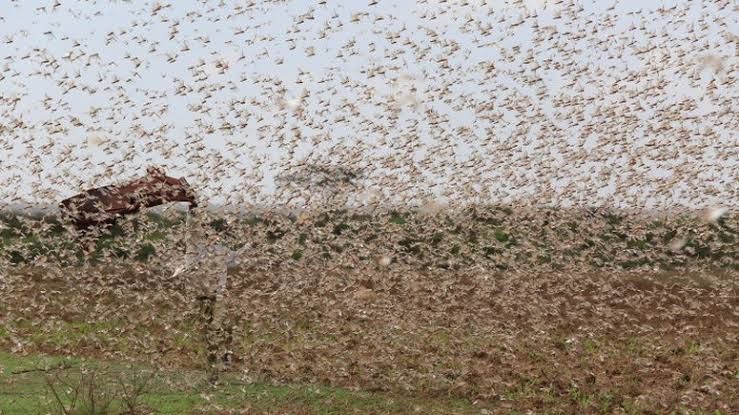
North East Kenya has been plagued for weeks by an unprecedented locust invasion. Insects that came from Ethiopia and neighboring Somalia due to drought in the southern regions and found the usually desert area of Wajir and Mandera incredibly flowering and fertile due to the heavy rains fallen in recent months, have not moved, infesting and destroying the crops of the poor people of the area.
In recent weeks the residents of the two counties have tried in every way to get rid of the locusts, using ancestral methods such as screaming, whistling and screeching metal objects, but there has been little to do.
Some have even fired blanks in the air for hours and hours, others have preferred to rely on prayers, reciting the Koran in the fields.
Yesterday finally the government health authorities and emergency units gave the go-ahead for aerial pest control, using sprays that were not excessively harmful to crops and mankind.
Locusts can form huge swarms capable of stripping trees and crops over vast areas if they are left free to reproduce under favourable conditions. Swarms of adult locusts can move in flight up to 150 kilometres a day and a very small swarm can devour as many plants as about 35,000 people.
The last major invasion in Kenya took place in 2004, when more than 12 million hectares in West Africa were disinfected with pesticides at a cost of about US$750 million, including food aid, by FAO.
According to the UN food agency, an average swarm can destroy crops that could feed 2,500 people for a year.
Two weeks ago, FAO itself reported that Desert Locusts were destroying tens of thousands of hectares of crops and pastures in Somalia, the worst invasion in 25 years.
Reuters reports that the latest locust invasion is much more serious than FAO had previously predicted.
It appears to have been exacerbated by heavy off-season rainfall and flooding throughout East Africa. Experts say that climate shocks are largely responsible for the rapid changes in the affected regions.
These locust swarms originated in Yemen and flew to the Ethiopian region of Ogaden, where they spawned in October. From there, swarms continued south into Somalia and from there into northeastern Kenya.
NEWS
by redazione
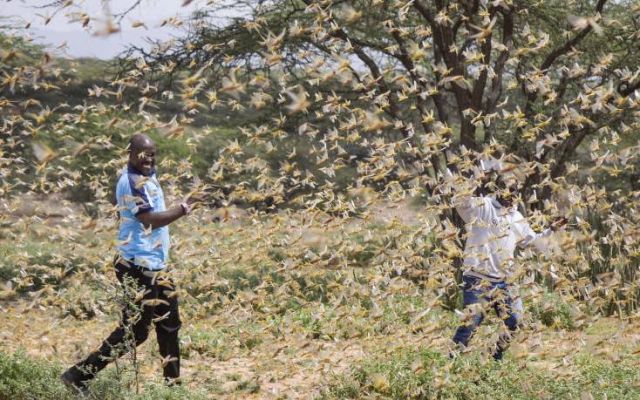
A new endless swarm of desert locusts threaten Kenya, but this time they have gone as ...
NEWS
by redazione
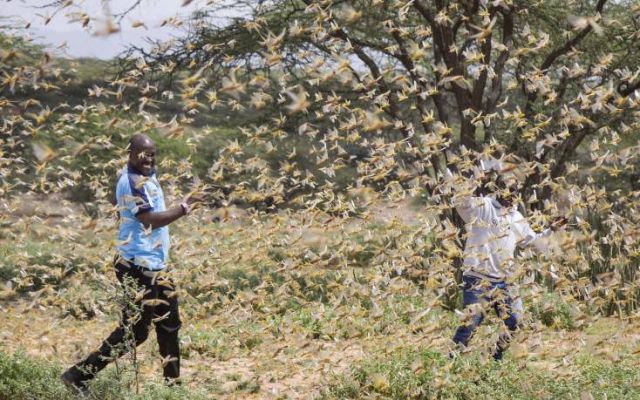
"If we do not soon manage to rid our reserves of the locust invasion, the entire natural territory of ...
METEO
by redazione
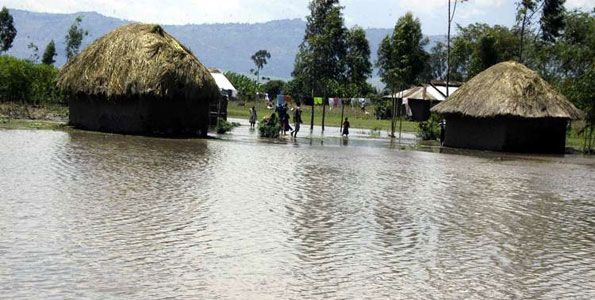
Still unstable weather conditions throughout Kenya, including the coast.
The...
ECONOMY
by Freddie del Curatolo

What will become of Kenya's economy, which before the Covid-19 emergency was indisputably one...
WILDLIFE
by Leni Frau
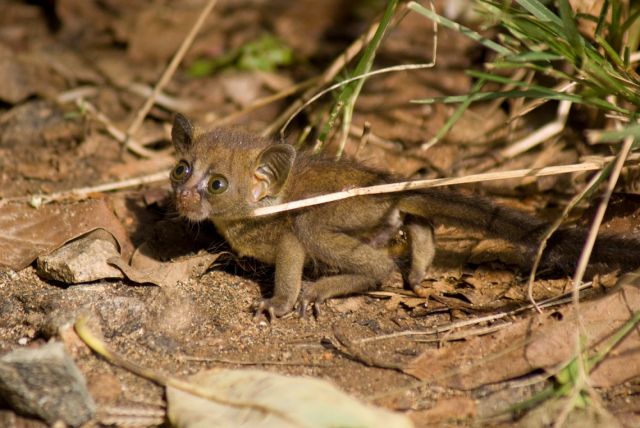
Kenya is increasingly confirmed as a land of wildlife rarities that resist the damage of extreme civilization and...
NEWS
by redazione
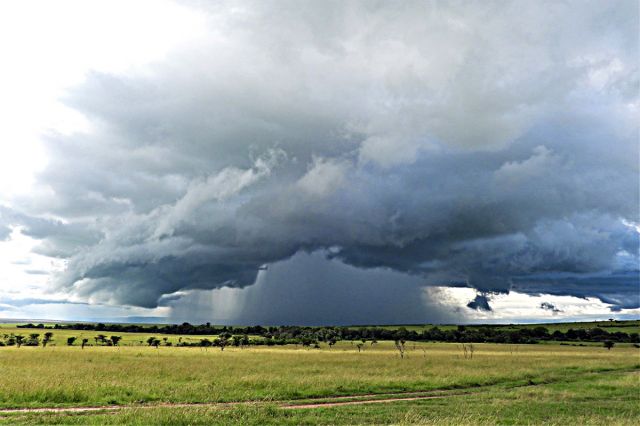
The US has decided to help Kenya's tourism sector recover from this prolonged...
EVENTS
by Freddie del Curatolo

A true expert of Africa, a professional journalist who, in addition to dealing with the Black Continent on a...
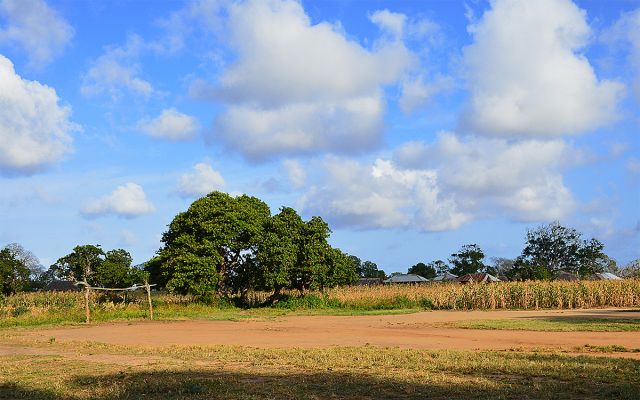
Today's Kenya Song is like a stadium choir, but without the stadium and perhaps without the choir.
They are...
NEWS
by redazione

While the Mombasa airport is waiting for the body temperature scanners that, according to the Health Office of...